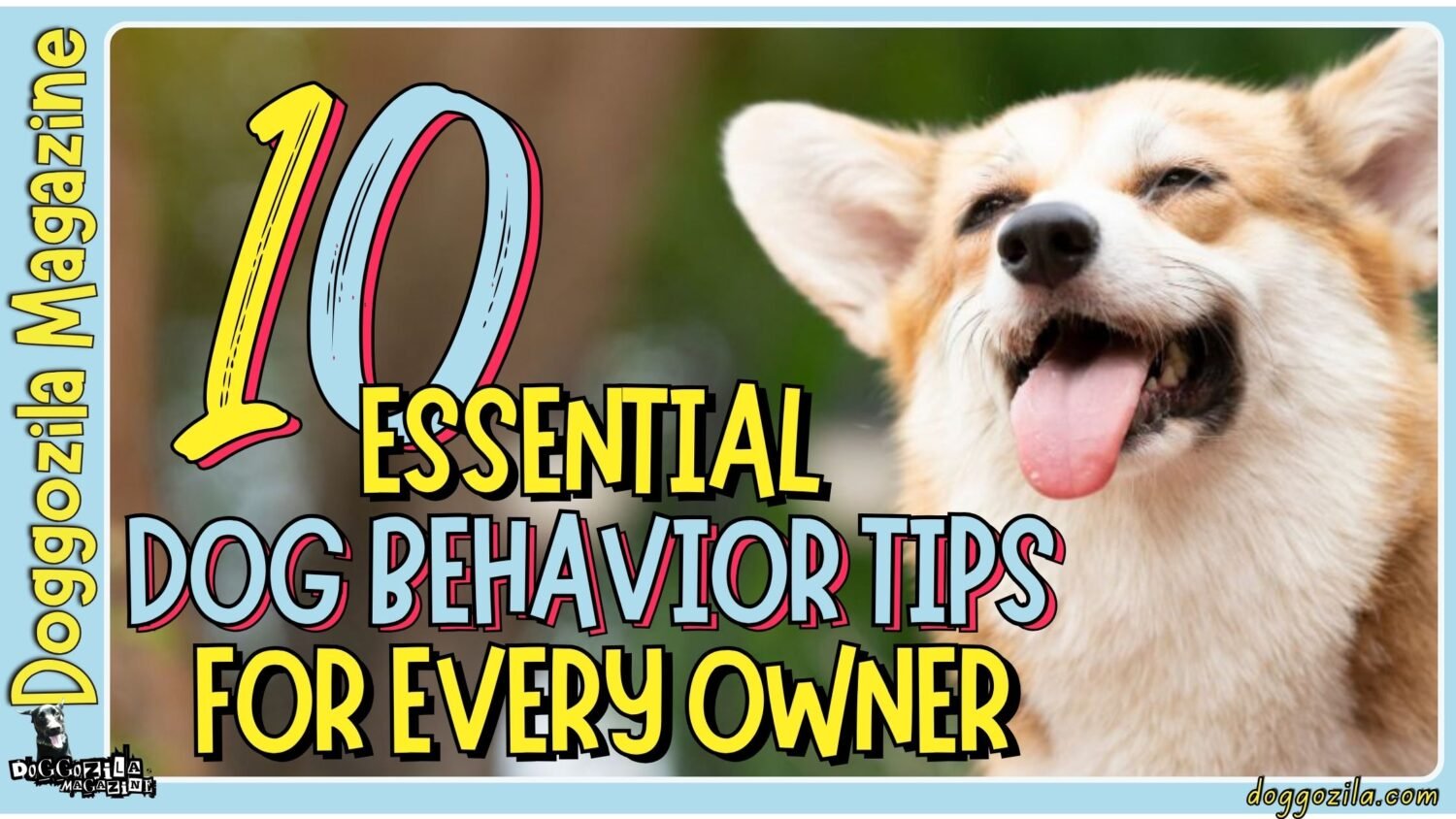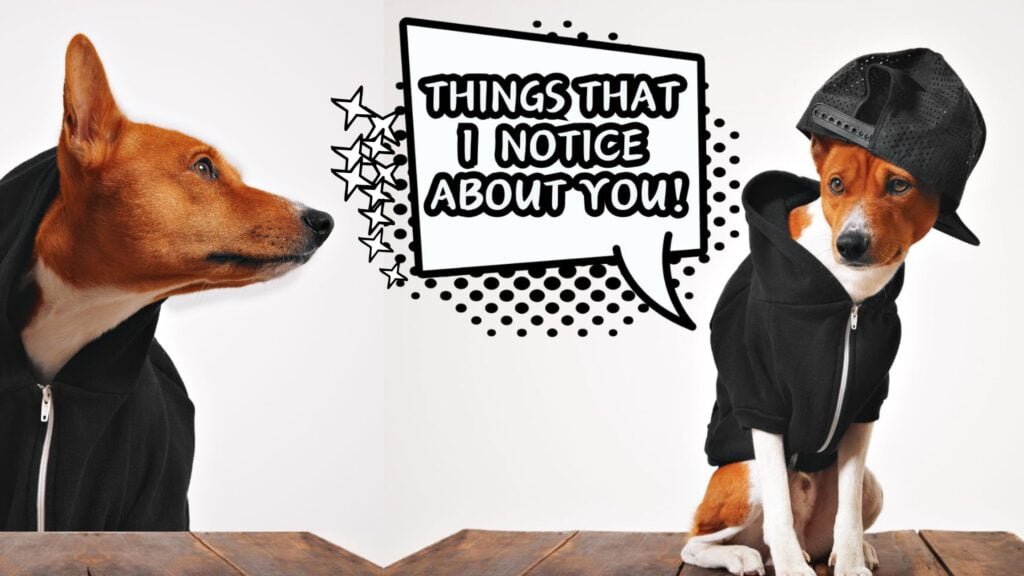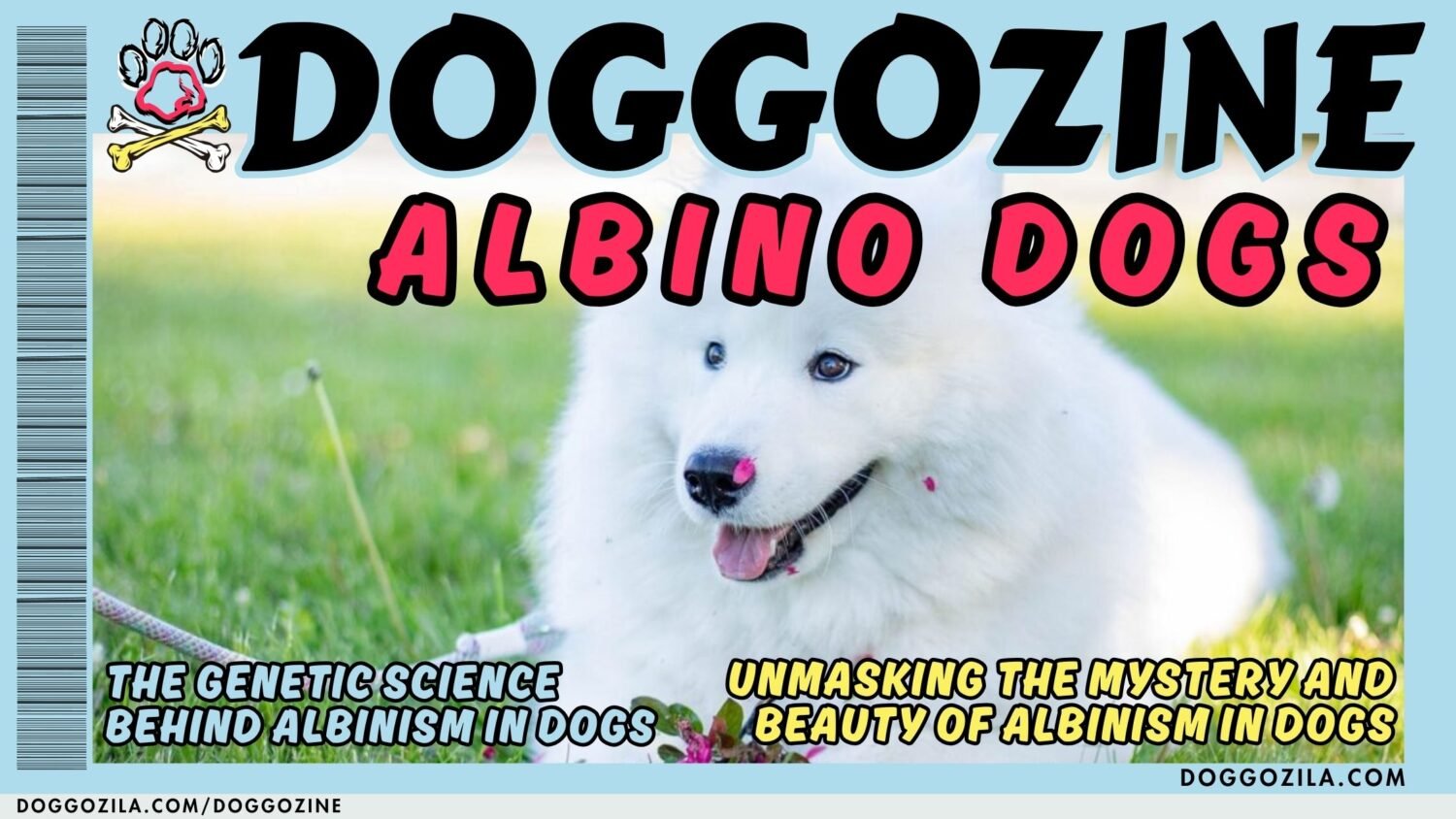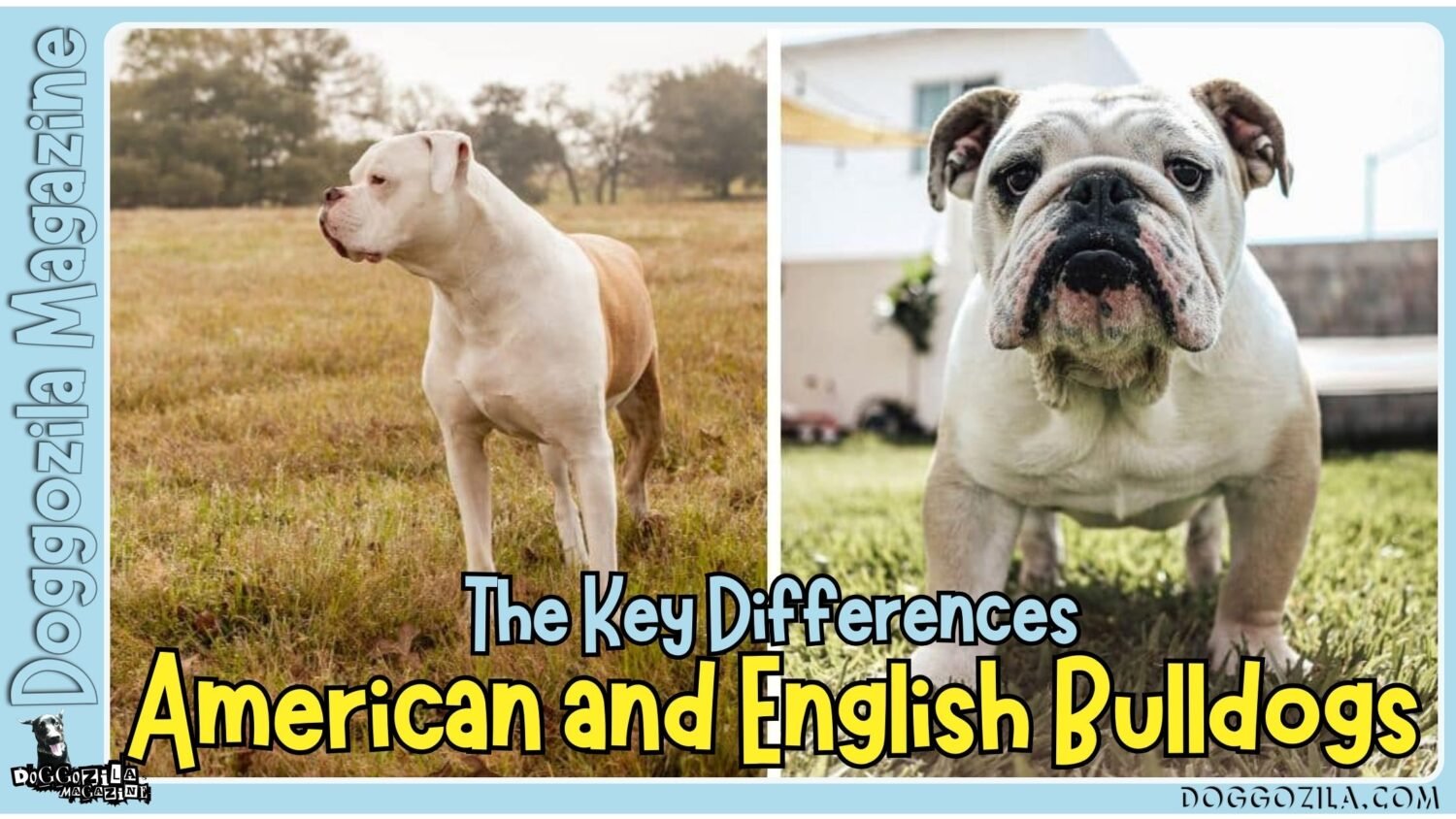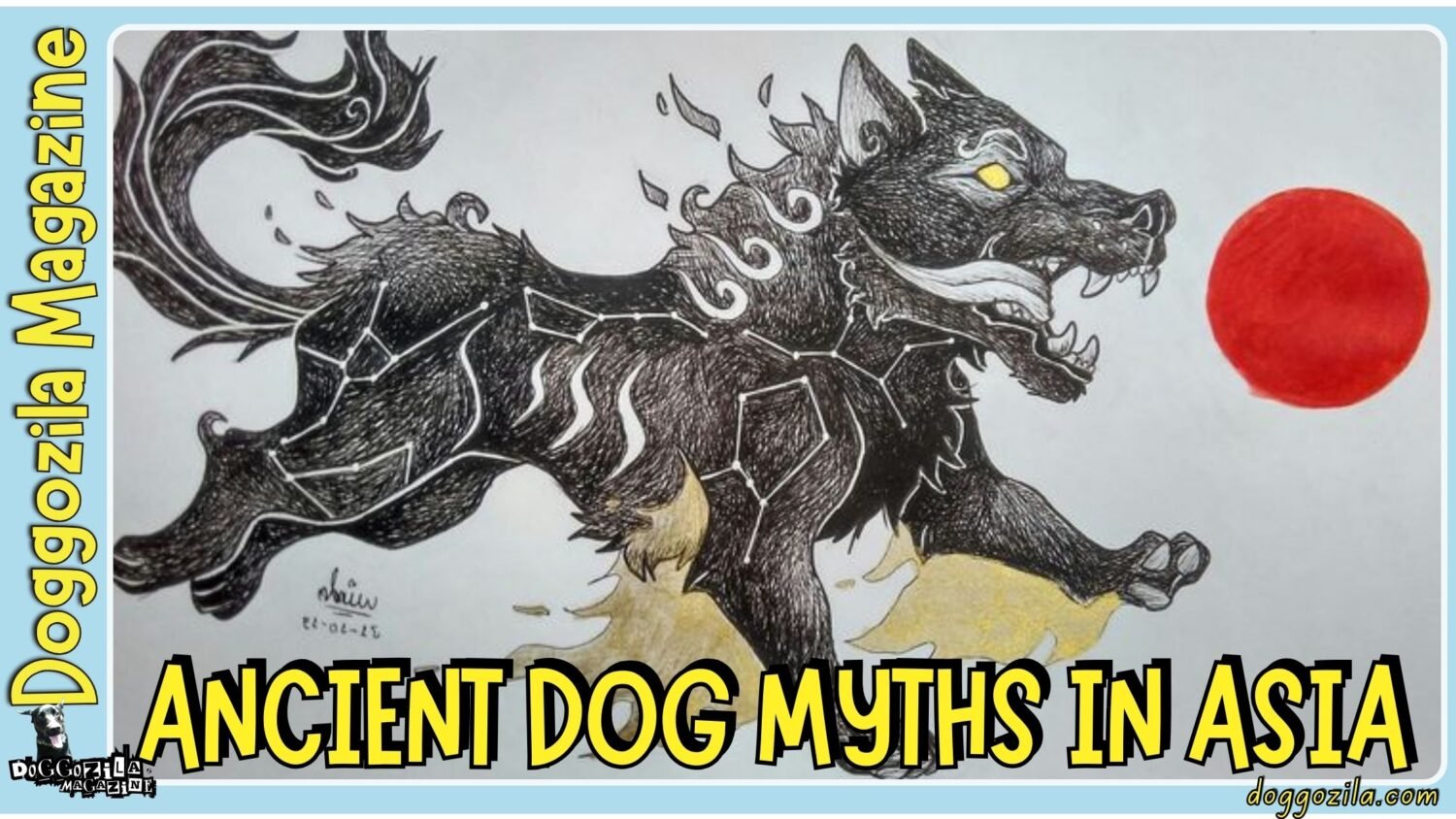Hey there, fellow dog lovers! If you’ve ever seen your brave protector suddenly transform into a trembling, tail-tucked pup hiding under the bed, you’ve witnessed fear firsthand. Today, we’re embarking on a mission to understand the secret terrors that haunt our furry friends. We’re going to explore exactly what do dogs fear the most and, more importantly, arm you with the knowledge to be their hero. So, grab a treat (for you and your pup), get comfortable, and let’s crack this code together.
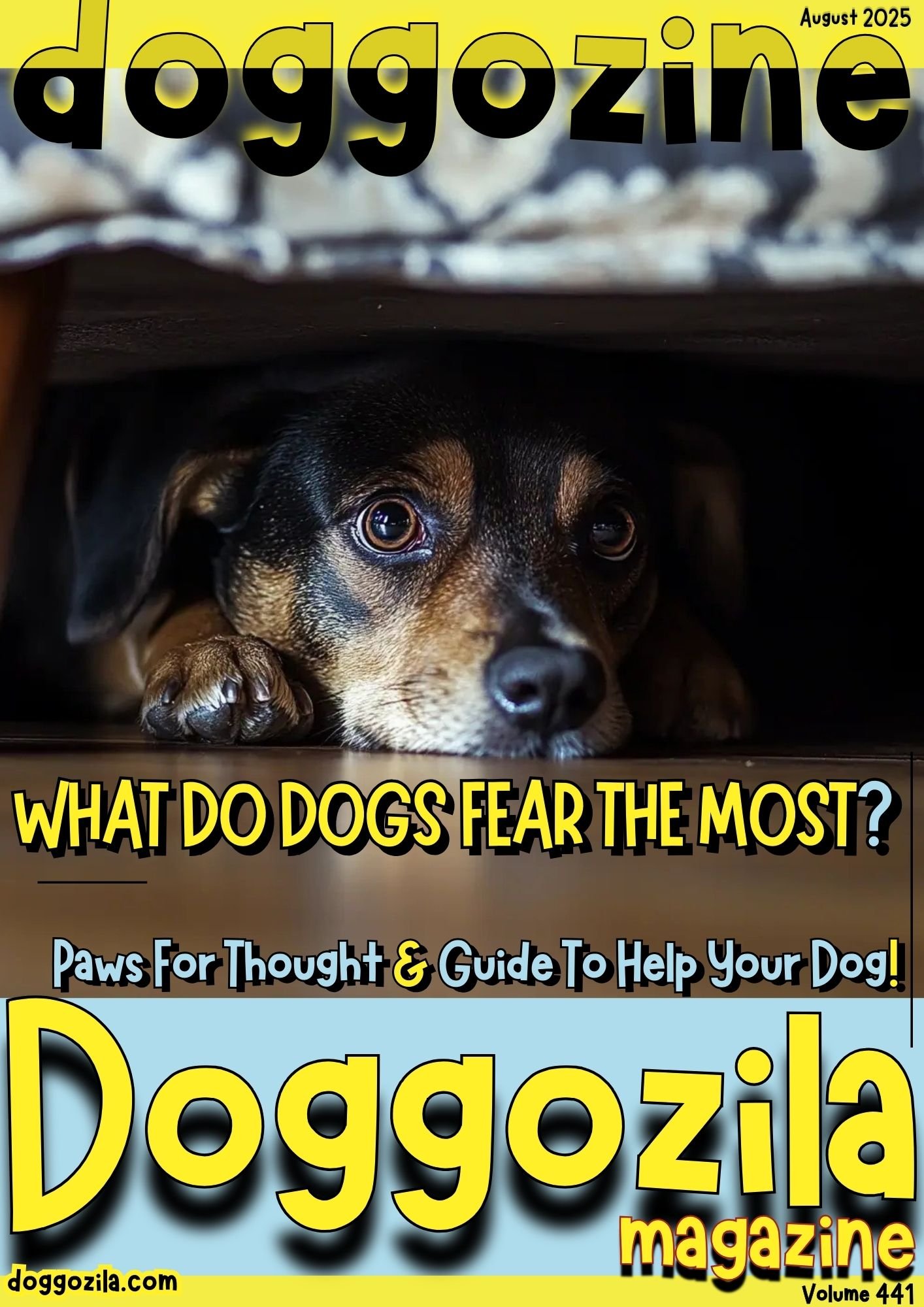
UNVEILING THE MYSTERY: WHAT DO DOGS FEAR THE MOST IN THEIR DAILY LIVES?
Our dogs experience the world in a profoundly different way than we do. Their senses are dialed up to eleven, which means everyday occurrences can sometimes feel overwhelming and threatening. While every dog is a unique individual with their own quirks, certain fears are almost universal in the canine kingdom.
Understanding these common triggers is the first and most crucial step toward providing comfort and building their confidence. It’s about seeing the world from their perspective, through their nose, ears, and eyes. By the end of this section, you’ll start to see those puzzling behaviors in a whole new light.
The Science Behind The Whimper: How A Dog’s Brain Processes Fear?
A dog’s fear response isn’t just a behavioral choice, it’s a hardwired, physiological reaction rooted deep within the brain’s amygdala. When a dog encounters a perceived threat, this ancient alarm system triggers an immediate flood of stress hormones like cortisol and adrenaline, preparing the body for a “fight, flight, or freeze” response.
This is why your dog might bark aggressively, bolt in the opposite direction, or simply shut down and become immobile when confronted with something scary. This primal process is key to understanding what do dogs fear the most, as it highlights that their reactions are instinctual, not deliberate acts of disobedience.
Recognizing this allows us to respond with empathy and science-based strategies rather than frustration, helping our pets feel safe again. It’s a complex dance of neurons and chemistry that explains the wide-eyed look and tucked tail we sometimes see.
Beyond What Do Dogs Fear The Most: Subtle Signs Your Pup Is Secretly Stressed
Often, dog anxiety isn’t as dramatic as a full-blown panic attack. It manifests in subtle, easily missed cues that speak volumes about their internal state. You might notice your dog yawning excessively when no one is tired, licking their lips without the presence of food, or showing the whites of their eyes in a “whale eye” expression. A stiff, frozen posture, low and slow wagging of the tail, or pinned-back ears are all whispers of discomfort that precede a fearful bark.
Learning this silent language is more critical than understanding the loud reactions, as it allows you to intervene early and prevent a situation from escalating. By becoming fluent in these subtle signals, you become your dog’s best advocate, ensuring they never have to feel pushed into a corner where fear is their only option.
The Role Of Breed And Genetics In Shaping A Dog’s Fears
While environment plays a massive role, we can’t ignore the blueprint written in a dog’s DNA when considering what do dogs fear the most. Certain breeds were selectively developed for heightened sensitivity to specific stimuli. A Herding breed like a Border Collie might be hyper-aware of sudden movements and sounds, making them more prone to startle, while a scent Hound like a Bloodhound might be more distressed by overpowering or strange odors.
Furthermore, poor breeding practices that prioritize looks over temperament can inadvertently amplify nervousness and anxiety traits across generations. This isn’t to say a dog’s fate is sealed by its breed, but it provides essential context for understanding their innate sensitivities and tailoring your training approach to help them feel secure in their own skin.
How Socialization Prevent The Most Dogs Fear and What is The Golden Window to Stop Future Phobias?
The single most effective strategy for building a resilient, confident dog is capitalizing on their primary socialization window, which typically occurs between 3 and 14 weeks of age. Mostly fear is common in dogs that missed early socialization opportunities.
Experiences during this period are critical and leave a lasting impression, shaping their perception of the world as either safe or threatening. Thoughtful, positive exposure to a vast array of people, surfaces, sounds, other animals, and environments during this time is like a vaccination against fear.
It teaches a puppy that novelty is nothing to be afraid of, creating a robust foundation of confidence that will help them navigate life’s unexpected challenges. Puppy kindergarten classes and controlled playdates are invaluable investments in your dog’s long-term mental health and a proactive answer to the question of what do dogs fear the most later in life.
🔑 Key Points: A dog’s fear is a primal, physiological response triggered by the amygdala, flooding the body with stress hormones for fight, flight, or freeze. Understanding this shows their reactions are instinctual, not disobedient, requiring empathetic, science-based responses.

THE THUNDER: WHY LOUD NOISES TOP THE LIST OF WHAT DO DOGS FEAR THE MOST?
Ask any dog owner about their pup’s biggest fear, and nine times out of ten, the answer will involve a loud, unexpected noise. The sheer volume and vibration of a thunderclap or the startling crack of fireworks are simply too much for many dogs to process calmly. These sounds are unpredictable and feel invasive, shaking the very ground they stand on and assaulting their incredibly sensitive ears.
For a creature that doesn’t understand meteorology or human celebrations, these events can feel like the world is literally ending, triggering a primal panic.
From Fireworks To Vacuum Cleaners: Navigating A World Of Scary Sounds
The list of noise phobias in dogs is long and varied, but the most common culprits are undoubtedly thunderstorms, fireworks, gunshots, and the surprisingly terrifying household vacuum cleaner. The reason these specific sounds are so potent is a combination of their extreme decibel level, their low-frequency rumbles that we can barely perceive, and their utterly unpredictable nature.
A study on dog noise aversion found that the static electricity in the air before a storm can actually cause a mild electric shock sensation through a dog’s coat, adding a physical layer of discomfort to the auditory assault. This multi-sensory attack is a core reason for what do dogs fear the most when it comes to auditory triggers, making them feel utterly helpless.
Helping them requires a multi-pronged approach that involves creating a sound-proofed safe haven, using calming tools like thunder shirts, and playing white noise or calming music to mask the terrifying sounds outside. It’s about giving them back a sense of control and safety in a chaotic auditory landscape.
What Do Most DIY Sound Therapies Create To Stop Dogs Fear: How to Use Playlists To Desensitize Your Pup?
You can actively help your dog become less reactive to noises through a process called desensitization, which you can orchestrate right from your living room. The concept involves playing recordings of the feared sounds like fireworks, thunder, street noise at an extremely low volume so low that it doesn’t elicit a fear response, while engaging your dog in a positive activity like eating dinner or playing a calm game.
Over many sessions, you can imperceptibly increase the volume, always staying under their anxiety threshold. This systematic approach, paired with high-value treats, helps rewire their brain to associate the once-terrifying sound with something pleasant. It requires patience and consistency, but this powerful technique can significantly reduce their panic and empower them to cope with real-world noises when they eventually occur.
Related Article Recommendation: Do Dogs Like Music and Which Genres They Prefer?
The Thundershirt And Other Calming Tools: Do They Really Work?
For many anxious dogs, pressure wraps like the Thundershirt can be a game-changer, offering a drug-free option for managing fear. The concept is based on the idea of maintained pressure providing a calming effect, similar to swaddling a baby or giving a firm hug to an anxious person. This deep pressure therapy is believed to soothe the nervous system, helping to reduce anxiety and create a sense of security.
While it doesn’t work for every single dog, the success rate is high enough to make it a worthwhile first line of defense. Especially when combined with other strategies like sound masking and behavioral training. It’s a simple, affordable tool that can take the edge off a stressful situation, making your dog more receptive to your calming presence and other interventions.
When Noises Aren’t Just Noises: Dealing With Noise Aversion And Phobias
It’s important to distinguish between a simple fear and a full-blown phobia, known clinically as noise aversion, which is a more severe and debilitating condition. A dog with noise aversion will experience intense, irrational panic that often escalates with each exposure and can lead to self-injury and property destruction. This is not a training issue that can be solved with treats alone, it is a medical condition that severely impacts their welfare.
If your dog exhibits extreme panic during noisy events, it is crucial to consult your veterinarian. They can discuss anti-anxiety medications that can be given situationally, which can lower their anxiety to a manageable level, allowing behavioral techniques to actually have a chance to work and break the cycle of fear.
🔑 Key Points: Loud, unpredictable noises like thunder and fireworks are overwhelming for dogs due to their sensitive hearing and the invasive vibrations. These events feel world-ending to a dog who doesn’t understand the cause, triggering a primal panic.
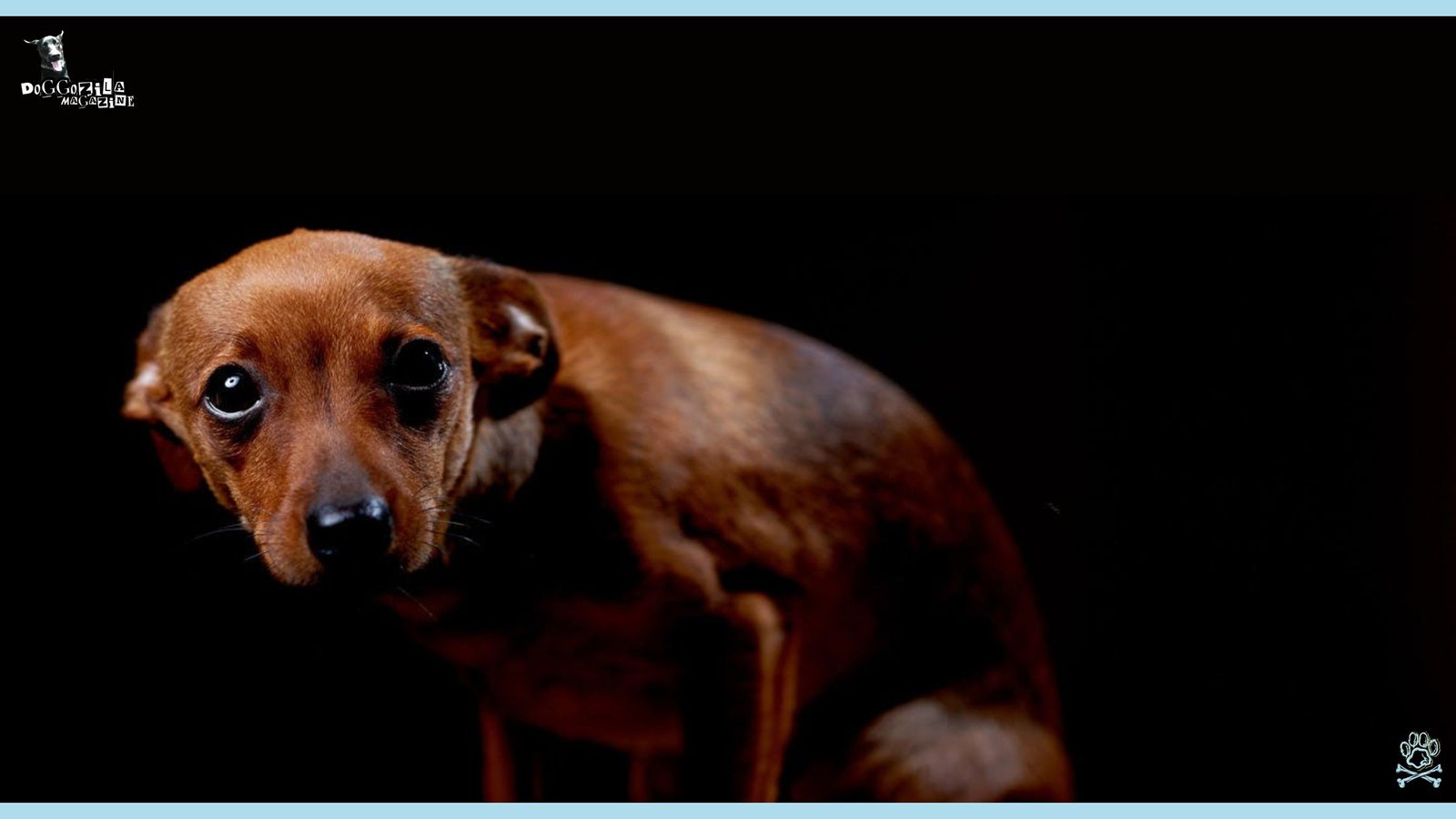
ALONE IN THE WORLD: THE SILENT AGONY OF SEPARATION ANXIETY
While noise is an external trigger, one of the most profound internal fears for a dog is being left alone. Dogs are inherently social pack animals, and for them, isolation from their family unit is a terrifying prospect. This isn’t just a little boredom; therefore, true separation anxiety is a panic disorder characterized by distressing behaviors like destructive chewing, incessant howling, and frantic attempts to escape the moment their human walks out the door. It’s a heartbreaking condition rooted in a deep-seated fear of abandonment, making it a strong contender for the title of what do dogs fear the most on an emotional level.
It’s a heartbreaking condition rooted in a deep-seated fear of abandonment, making it a strong contender for the title of what do dogs fear the most on an emotional level.
How to Read The Signs: Is Your Dog Destroying The Couch Or Crying For Help?
It’s crucial to distinguish between a dog with separation anxiety and one who is just misbehaving out of boredom. The key differentiator is the intense, immediate panic that begins the second you prepare to leave. As a result, you might notice excessive drooling, pacing, whining, or trembling as you pick up your keys.
The destruction is often focused on exit points like doors and windows, and the vocalization is persistent and distressed. This isn’t a tantrum; instead, it’s a full-blown crisis for your dog. Understanding this distinction is vital because punishing these behaviors only deepens their anxiety. Consequently, the path to healing involves gradual desensitization to your departure cues.
The Pre-Departure Cue Shuffle: Changing The Meaning Of Your Routine
For a dog with separation anxiety, your departure routine like jangling keys, putting on shoes, grabbing your bag, becomes a terrifying trigger sequence predicting utter doom. You can change this association through counter-conditioning.
Spend a week doing these cues at random times throughout the day without actually leaving. Pick up your keys and then sit on the couch to watch TV. Put on your shoes and then fill their Kong with peanut butter. Grab your coat and then start cooking dinner.
By breaking the predictable link between these actions and your departure, you drain them of their fearful power. Over time, your dog will learn that keys don’t always mean solitude, sometimes, they just mean more relaxing time at home, which is a powerful shift in their emotional response.
Building Duration: The Art Of The “Micro-Absence”
The goal of training is to prove to your dog that you always come back, and you start with absences so short they don’t trigger anxiety. This could mean simply stepping out the front door, closing it, and immediately stepping back in before your dog has a chance to get worried.
Once you can do this successfully, gradually increase the time you’re out of sight, 3 seconds, 5 seconds, 10 seconds, 30 seconds. The increments must be so small that your dog remains perfectly calm throughout the process.
Each successful, boring separation is a building block of trust. Rushing this process is the most common mistake. If you push past their threshold and they become anxious, you’ve taken a step backward. Patience is the ultimate virtue here.
Environmental Enrichment: Making Alone Time Fun Time
A major component of treating separation anxiety is ensuring that the time you are gone is as enjoyable and engaging as possible. This is where puzzle toys, stuffed Kongs, long-lasting chews, and food-dispensing toys become essential tools. These items provide mental stimulation and a positive distraction, giving your dog a job to do as you walk out the door.
By associating your departure with the arrival of an amazing, challenging treat that they only get when alone, you create a positive emotional contrast. Instead of “My human is leaving, panic!“, it becomes “My human is leaving, which means I get my awesome peanut butter puzzle!” This doesn’t cure the underlying anxiety on its own, but it is a crucial management strategy that makes the training process smoother and less stressful for everyone involved.
🔑 Key Points: Distinguish between a dog with separation anxiety and one who is just misbehaving out of boredom. The goal of training is to prove to your dog that you always come back, and you start with absences so short they don’t trigger anxiety.
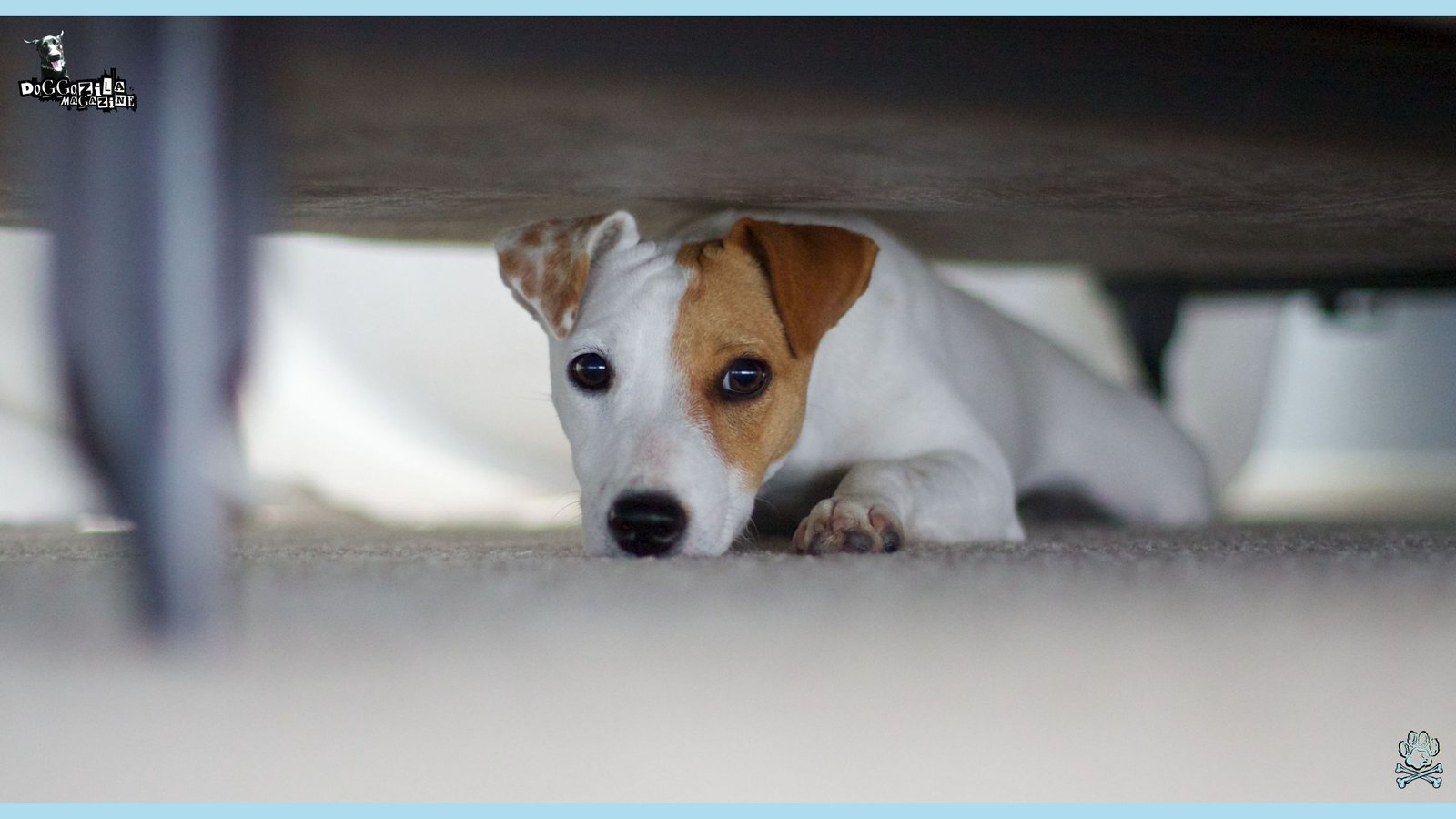
VETERINARY VISITS AND WHAT DO DOGS FEAR THE MOST IN MEDICAL CARE?
For many dogs, a simple car ride that ends at the veterinary clinic is a journey into the heart of darkness. The combination of strange smells (antiseptic, other anxious animals), unfamiliar handling, and past experiences involving pokes and prods creates a perfect storm of fear. It’s a place where they feel a complete loss of control, which is inherently stressful for any animal.
While we know the vet is there to help, from a dog’s perspective, it’s a confusing and often painful environment that ranks highly on any list exploring what do dogs fear the most.
Practice Vet Handling to Reduce What Do Dogs Fear the Most at The Clinic
The good news is that a fear of the vet is one of the easiest to manage with a proactive and positive approach. The goal is to break the chain of association that “car + vet = bad.” Start by taking fun, reward-filled trips to the clinic just to say hello, get some treats from the receptionist, and leave without any examination.
Ask your vet if you can pop in during a quiet time to let your dog explore the waiting room and get comfortable. At home, practice handling your dog’s paws, ears, and mouth while giving them high-value treats, so they become accustomed to the type of contact they’ll experience during an exam.
Bring their favorite blanket or a stuffed Kong to the appointment to create a familiar scent bubble in the stressful environment. This process, known as classical conditioning, slowly rewires your dog’s brain to associate the vet with chicken and cheese, not fear and restraint. It turns a dreaded ordeal into just another weird outing with their favorite person.
The Cooperative Care Revolution: Giving Your Dog A Choice
A revolutionary approach gaining traction is called cooperative care, which empowers the dog by giving them a say in their own handling. The core of this method is teaching a specific “start button” behavior, like resting their chin on a mat, which signals to the vet that they are consenting to be touched or examined. The dog learns that they can always opt out by lifting their head, which stops the procedure immediately.
This sense of control is incredibly powerful for an anxious animal. It transforms them from a passive victim of poking and prodding into an active, willing participant in their own healthcare. While not all vets are trained in this method yet, many are incredibly receptive to owners who want to use these techniques to make visits less stressful for everyone involved.
What is The Most Compassionate Tool For Extreme Fear in Dogs?
For some dogs, their fear is so profound that no amount of chicken will make a difference once they are over their anxiety threshold in the clinic. In these cases, the most compassionate and responsible choice is to discuss pre-visit pharmaceuticals (PVP) or sedatives with your veterinarian. These are anti-anxiety medications given at home before the appointment to take the edge off their panic, making them drowsy and less reactive.
This is not a failure on your part. It is a welfare-focused decision that prevents your dog from undergoing intense trauma. It allows the vet to perform a safer, more thorough examination and ensures that the memory of the visit is a blurry, non-event rather than a terrifying core memory that makes future visits even harder.
Related Article Recommendation: Puppy Fear Periods: Help Your Dog To Be Confident and Fearless?
Mobile Vets And Fear-Free Clinics: Changing The Landscape Of Care
The growing awareness of dog anxiety has given rise to fantastic alternatives to the traditional clinic. Fear-Free Certified practices and mobile veterinarians are dedicated to reducing triggers from the ground up. These vets make house calls, eliminating the stressful car ride and waiting room altogether.
Their clinics are designed with calming colors, pheromone diffusers, non-slip flooring, and separate entrances/exits for cats and dogs to prevent stressful encounters. The staff is specially trained in low-stress handling techniques.
Seeking out these options is one of the best things you can do for a fearful dog, as it fundamentally changes the environment from one of inherent stress to one designed for comfort and calm, directly addressing a key component of what do dogs fear the most about medical care.
🔑 Key Points: Dogs often fear the vet due to a combination of strange smells, unfamiliar handling, and a loss of control in an environment associated with past painful experiences. From their perspective, it’s a confusing and threatening place rather than a helpful one.
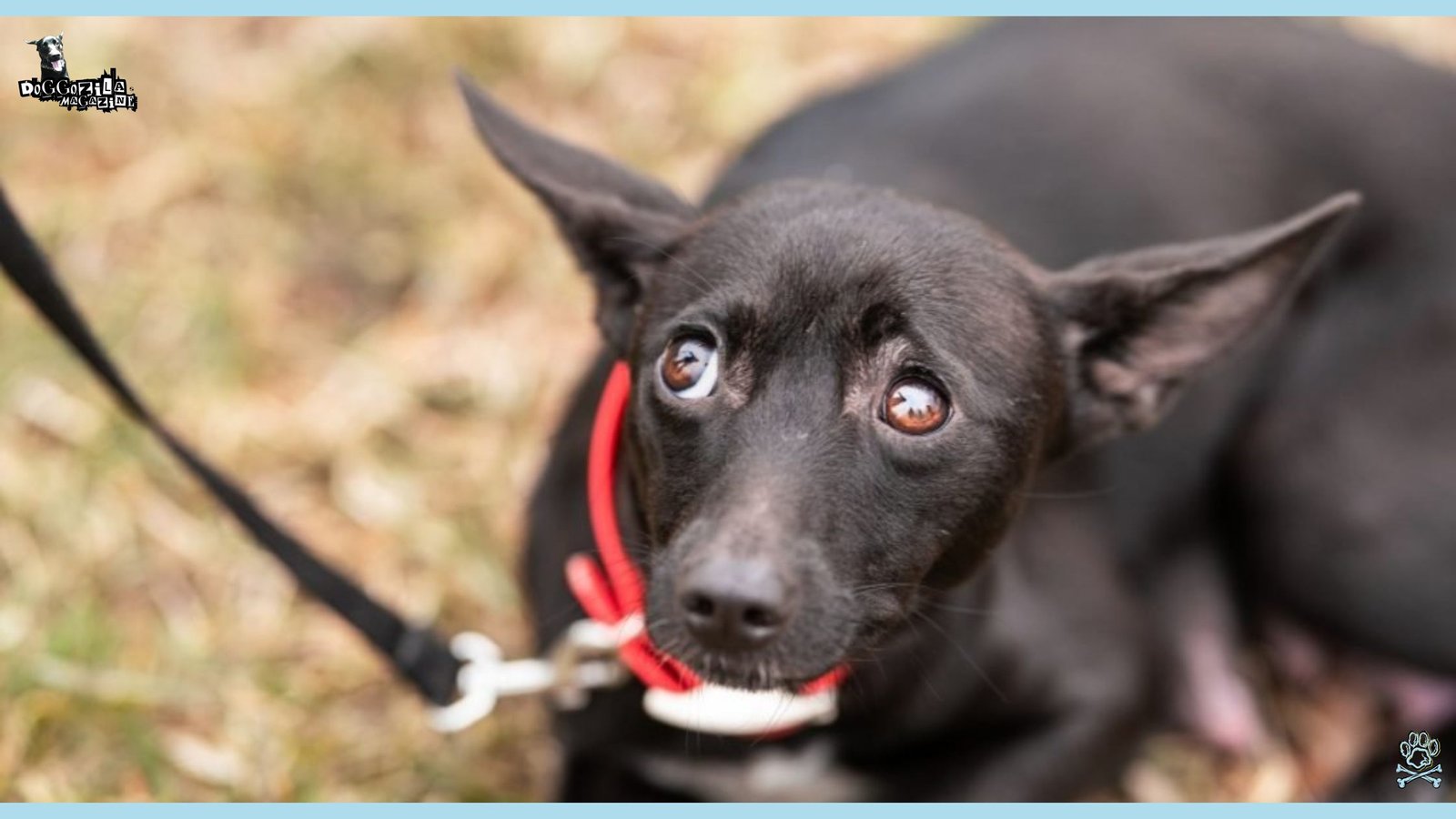
STRANGERS, CROWDS, AND WHAT DO DOGS FEAR THE MOST IN SOCIAL SPACES?
A fear of the unknown is a powerful survival instinct, and for dogs, this often manifests as suspicion or outright terror of new people, other animals, or inanimate objects that seem out of place. This could be anything from a person wearing a large hat to a suddenly appearing Halloween decoration or a cardboard box left in the hallway. Their fear isn’t irrational, from their point of view, these things are potential threats until proven otherwise.
This cautious nature is a fundamental part of understanding what do dogs fear the most in their immediate environment, a throwback to their wild ancestors who needed to be wary to survive.
Building Dog Confidence Through Controlled Socialization And Positive Exposure
The absolute best preventative medicine for this category of fear is early, positive, and extensive socialization during the critical puppyhood window. However, for older dogs or those who missed that window, it’s never too late to build their confidence through careful desensitization and counter-conditioning.
The golden rule is to never force an interaction. If your dog is afraid of a new statue in the park, let them observe it from a distance where they feel safe and reward them handsomely for any calm behavior. Gradually, over multiple sessions, you can decrease the distance as their positive associations with the scary thing grow stronger.
For fear of strangers, teach visitors to ignore your dog completely, no eye contact, no talking, no reaching, and to simply toss delicious treats on the floor near them. This allows the dog to approach in their own time, learning that strangers are magical Pez dispensers, not threats. This patient approach empowers your dog to make choices and slowly rewrite their own narrative about the world around them.
The “Look At That” Game: A Powerful Tool For Changing Perceptions
One of the most effective and enjoyable techniques for tackling fear of novel objects or people is a training game developed by Leslie McDevitt called “Look at That!” (LAT). The game is simple, you and your dog are a team, and the goal is for your dog to notice the scary thing, look back at you, and get a treat.
You start at a distance where the trigger is merely interesting, not frightening. The moment your dog glances at it, you mark with a quiet “yes!” and deliver a high-value reward. This isn’t about getting them to stare.
It’s about acknowledging the trigger and then disengaging for a paycheck. This game fundamentally changes their emotional response, teaching them that the presence of something scary is actually a cue to check in with you for something wonderful, transforming anxiety into opportunity.
Managing On-Leash Greetings: Preventing Reactive Behavior
A major source of frustration and fear for many dogs is the forced, head-on interaction that often occurs during on-leash walks. A tight leash transmits your own tension directly to the dog, and being unable to perform normal circling and sniffing rituals can make a friendly dog seem trapped and defensive.
To manage this, it’s crucial to become an advocate for your dog’s personal space. Don’t feel obligated to let every person or dog you meet say hello. A simple “Sorry, we’re training!” is a polite and effective way to keep moving.
When you do allow a greeting, keep the leash loose and let your dog approach in a slight arc rather than a direct line. This respectful management prevents negative experiences from piling up and is a key strategy in mitigating one of the common scenarios that contribute to what do dogs fear the most during their daily walks.
Understanding Fear-Based Aggression: It’s A Warning, Not A Vendetta
It is critical to understand that a growl, snap, or snarl from a fearful dog is a form of communication, not an act of dominance or spite. This is a terrified individual shouting “I’m scared, please go away!” because all their more subtle signals have been ignored.
Punishing a growl is one of the worst things you can do, as it simply teaches the dog to suppress that warning signal, potentially leading to a bite with no warning the next time. The behavior is the symptom, the fear is the disease.
Addressing it requires tackling the underlying emotion through the positive methods described, not by suppressing the communication. Respecting the growl as valuable information keeps everyone safe and allows you to address the root cause of the problem, which is always the emotion of fear itself.
🔑 Key Points: A fear of novel people, animals, or objects is a powerful survival instinct, as dogs view the unknown as a potential threat until proven otherwise. This cautious nature is a fundamental part of their psychology, harkening back to their wild ancestors’ need for wariness.
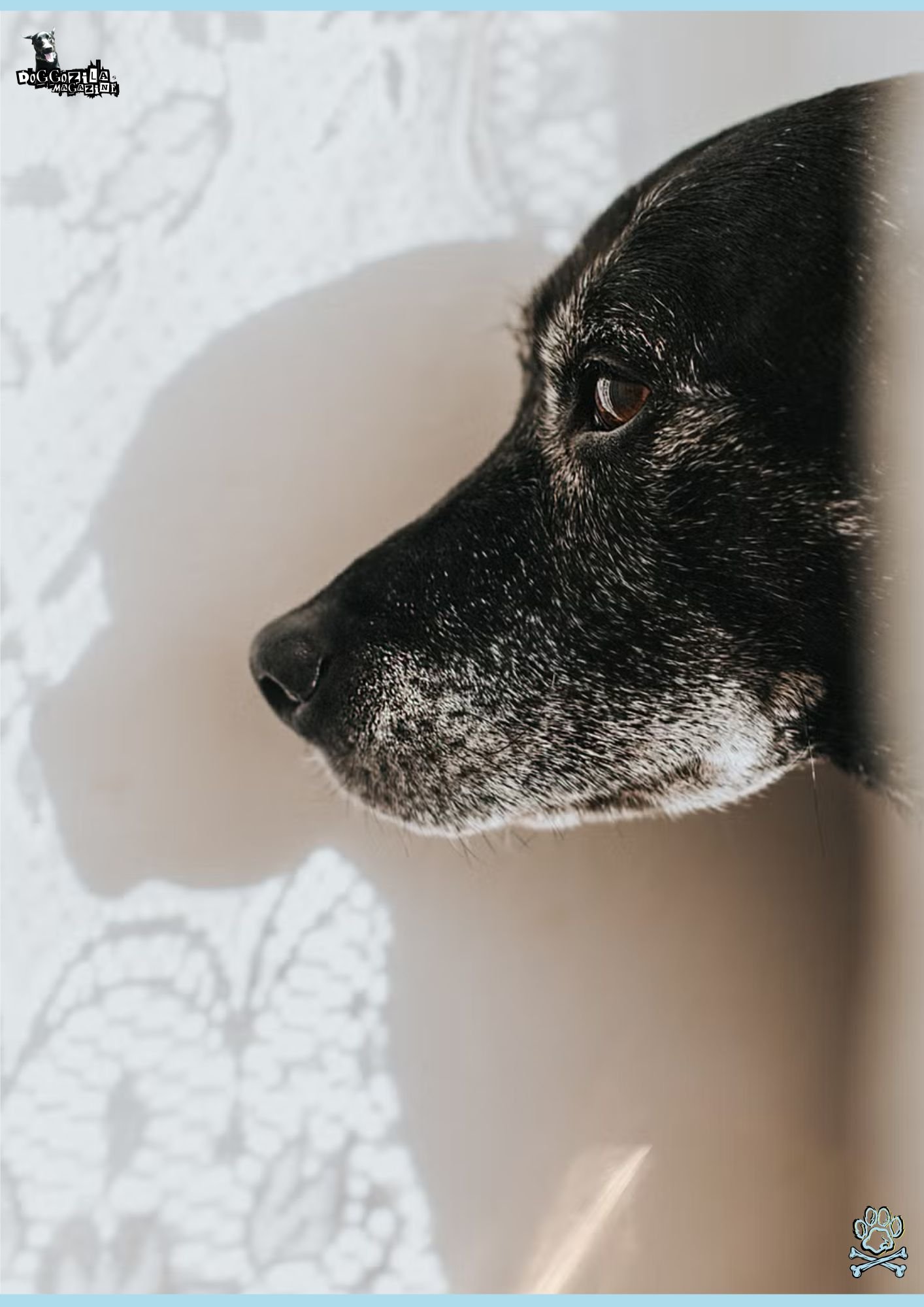
ROOTS OF FEAR: UNRAVELING THE “WHY” BEHIND WHAT DO DOGS FEAR THE MOST?
A dog’s fears don’t materialize out of thin air. They are planted by specific experiences and circumstances. The two most significant contributors are a lack of proper early socialization and a single traumatic event. A puppy that wasn’t exposed to a wide variety of people, places, and sounds during its first few months of life is far more likely to develop fear-based responses to novelty as an adult.
Even a well-socialized dog can develop a lasting phobia from one intensely negative experience, like being attacked by another dog or getting caught in a terrifying thunderstorm, which can define what do dogs fear the most for years to come.
From Puppy To Adulthood: How Early Experiences Shape The Dog’s Future World?
The period between three and fourteen weeks of age is a magical and critical window for a puppy’s development, often called the socialization period. Experiences during this time leave a permanent impression. A puppy that hears city traffic, meets friendly strangers, and encounters vacuum cleaners in a positive context is building a resilience portfolio that will serve them for life.
Conversely, a puppy kept in a sheltered, quiet environment may be completely overwhelmed by these same stimuli later on. This is why responsible breeders and shelters work hard to provide these experiences, and why new puppy owners must continue this mission.
It’s not just about having a friendly dog, it’s about immunizing them against fear, building a robust psychological foundation that helps them navigate the weird and wonderful human world with confidence and curiosity, rather than anxiety.
The Single-Event Learning Phenomenon: When One Bad Day Changes Everything
The dog memory is powerful, especially when it comes to emotionally charged events. A single intensely negative experience can create a permanent and powerful fear association in a matter of seconds, a process known as one-trial learning.
For example, a dog who has a painful toenail trim at the vet might forever associate the clinic, the smell, or even the person wearing similar scrubs with that pain. This is why force-free handling is so crucial! One rough experience can undo years of careful conditioning.
Understanding this phenomenon helps us have more empathy for our dogs’ seemingly irrational fears, to them, it’s not irrational at all. It’s a logical connection their brain has made to protect them from a repeated threat, a deeply ingrained lesson about what do dogs fear the most based on direct, traumatic experience.
The Role Of Owner Emotion: What is Accidentally Fueling Dogs Fear The Most?
Dogs are incredibly adept at reading our emotional states, and they often look to us for cues on how to react to a situation. If you tense up, shorten the leash, and hold your breath every time another dog approaches, your dog reads that anxiety and assumes there must be a good reason to be worried. You have inadvertently confirmed their suspicion that the other dog is a threat.
Conversely, projecting calm, confident energy can be incredibly reassuring. This doesn’t mean you should fake happiness when your dog is terrified, but rather work on managing your own anxiety through breathing exercises and positive self-talk. By being a calm, steady anchor, you communicate to your dog that the world is not ending, and they are safe with you.
Learned Helplessness: When Trying Fails And Giving Up Seems Safer
In some severe cases of chronic fear and punishment, a dog may stop trying to escape or avoid a scary situation altogether and simply shut down. This state, called learned helplessness, occurs when an animal learns that their actions have no effect on the outcome, so they become passive and withdrawn.
A dog in this state isn’t “being good” or “finally listening“, they have given up and are experiencing profound hopelessness. This is a serious welfare issue and a sign that previous methods of handling their fear have been profoundly aversive. Rehabilitation requires patiently rebuilding their trust and teaching them that their choices can indeed influence their world, helping them regain a sense of agency and security.
🔑 Key Points: Separation anxiety is a profound panic disorder rooted in a dog’s fear of abandonment from their social pack, not mere boredom. It’s characterized by immediate, intense distress upon an owner’s departure, leading to destruction and vocalization as a cry for help.
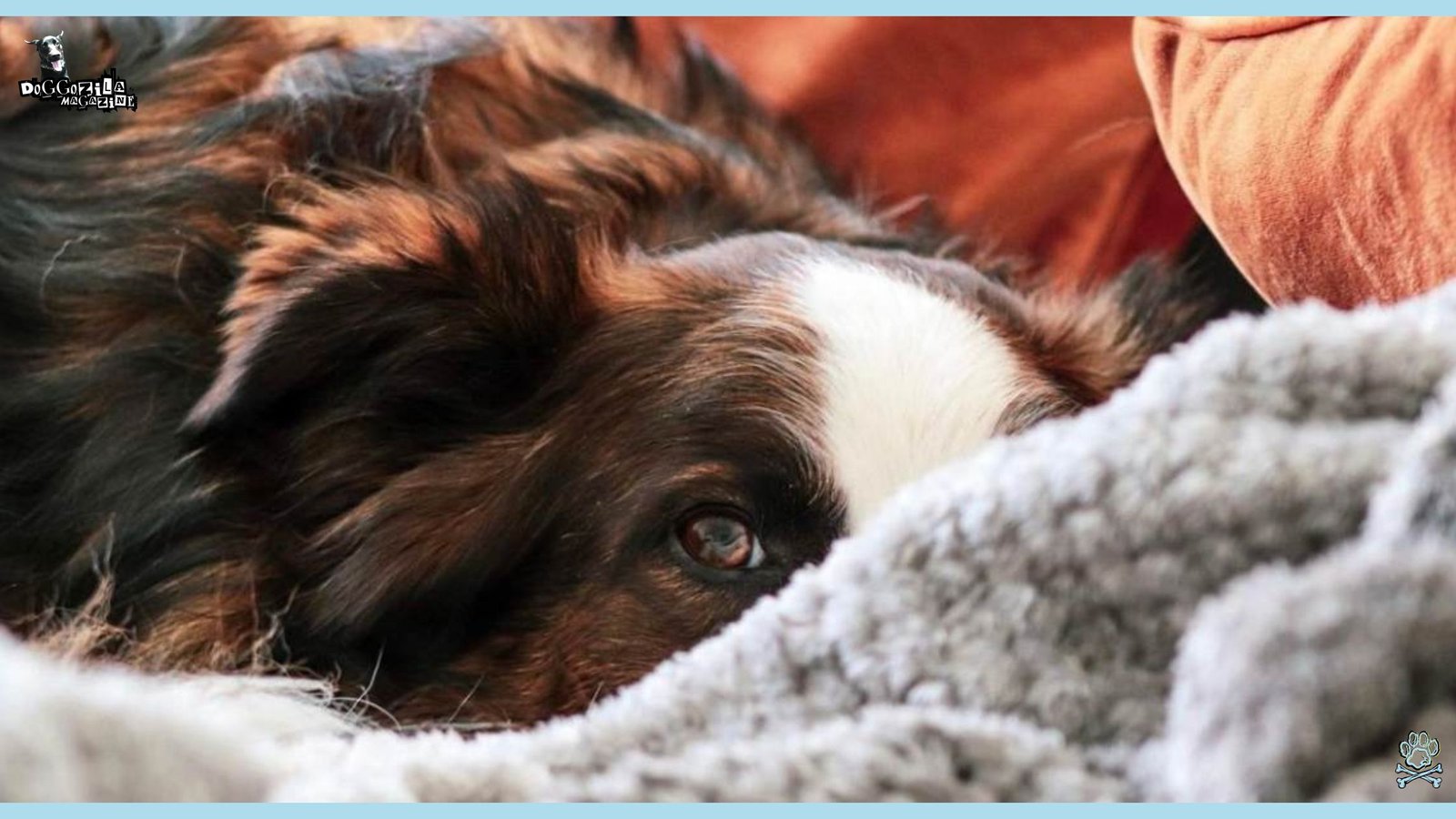
BECOMING YOUR DOG’S HERO: PRACTICAL STRATEGIES TO SOOTHE THEIR SOUL
Knowing what do dogs fear the most is only half the battle. The other half is knowing how to effectively help without accidentally making things worse. Your role is not to coddle the fear, but to project calm, assertive energy and provide your dog with the tools and guidance they need to feel safe. This involves a mix of management (preventing the fear response when possible) and behavior modification (actively working to change their emotional response).
Every dog’s fears are personal, but with patience and the right strategies, they can learn to navigate the world with more ease. In this journey of patience, consistency, and endless empathy, remember that all small victories are monumental achievements.
Creating A Safe Haven: Your Dog’s Personal Panic Room
Every dog needs a designated safe space like a crate, a specific room, or a cozy corner that is their absolute sanctuary. This area should be associated with only positive things like amazing treats, favorite toys, and calm relaxation. During stressful events like thunderstorms or parties, this is where your dog should be.
You can make it even more effective by soundproofing it with blankets and playing white noise or classical music to drown out scary sounds. The key is that this space is theirs, it should be a place they choose to go to voluntarily, and they should never be disturbed or pulled out from it.
This gives them a powerful tool for self-regulation, a place where they can control their environment and feel secure no matter what chaos is happening elsewhere in the house. It’s their bunker, their fortress of solitude.
The Power Of Positive Reinforcement: Rewiring The Anxious Brain
The most powerful tool in your behavior-modification toolkit is positive reinforcement. The concept is simple: you want to change your dog’s emotional response from “OMG, that’s scary!” to “Ooh, that predicts chicken!” This is done by carefully pairing the appearance of the feared trigger with an ultra-high-value reward.
For example, if your dog is afraid of men with beards, every time a man with a beard appears at a non-reactive distance, you become a treat machine. The scary thing becomes a cue for good things to happen. Over time, the dog’s brain forms a new, positive neural pathway associated with the trigger.
It’s not about bribing or distracting them, it’s about fundamentally changing how they feel. This process requires impeccable timing and an understanding of your dog’s threshold like the distance or intensity at which they notice the trigger but don’t react fearfully. Working under threshold is the secret to successful and lasting change.
What Do Most Dogs Fear Not: Using Silly Voices And Play To Break The Tension
When your dog is in a state of low-level worry, sometimes the best reaction isn’t a treat but a complete change of emotional energy. This is where the “jolly routine” comes in. If your dog freezes at the sight of a trash bag on the sidewalk, you can use a silly, high-pitched voice and start engaging them in a playful game. Perhaps by skipping backwards and encouraging them to chase you.
The goal is to be so unpredictably fun that you break their cycle of negative thought and get them to disengage from the trigger. This doesn’t work for full-blown panic, but for mild apprehension, it can be a fantastic way to show your dog that they can choose a different, happier response to something unexpected, with you as their playful guide.
What is The Most Important In Preventing Rehearsals Of Fear in Dogs?
While you are working on long-term behavior modification, management is your best friend. Every time your dog is allowed to practice a full fear response, barking, lunging, hiding in terror, that neural pathway gets stronger and the behavior becomes more ingrained. Management means setting up the environment to prevent these rehearsals.
This could mean using window film to block the view of the street, crossing the road to avoid a trigger, or putting your dog in their safe room with a Kong before the mailman arrives. Management is not giving up, it is a strategic way to keep your dog under threshold while you work on changing their underlying emotional state, ensuring your training efforts aren’t constantly being undone by real-world scare.
🔑 Key Points: A dog’s breed and genetics can create a innate blueprint for sensitivity, such as herding breeds being prone to startle at movements or hounds distressed by strange odors. This provides essential context for understanding their innate fears and tailoring your approach.
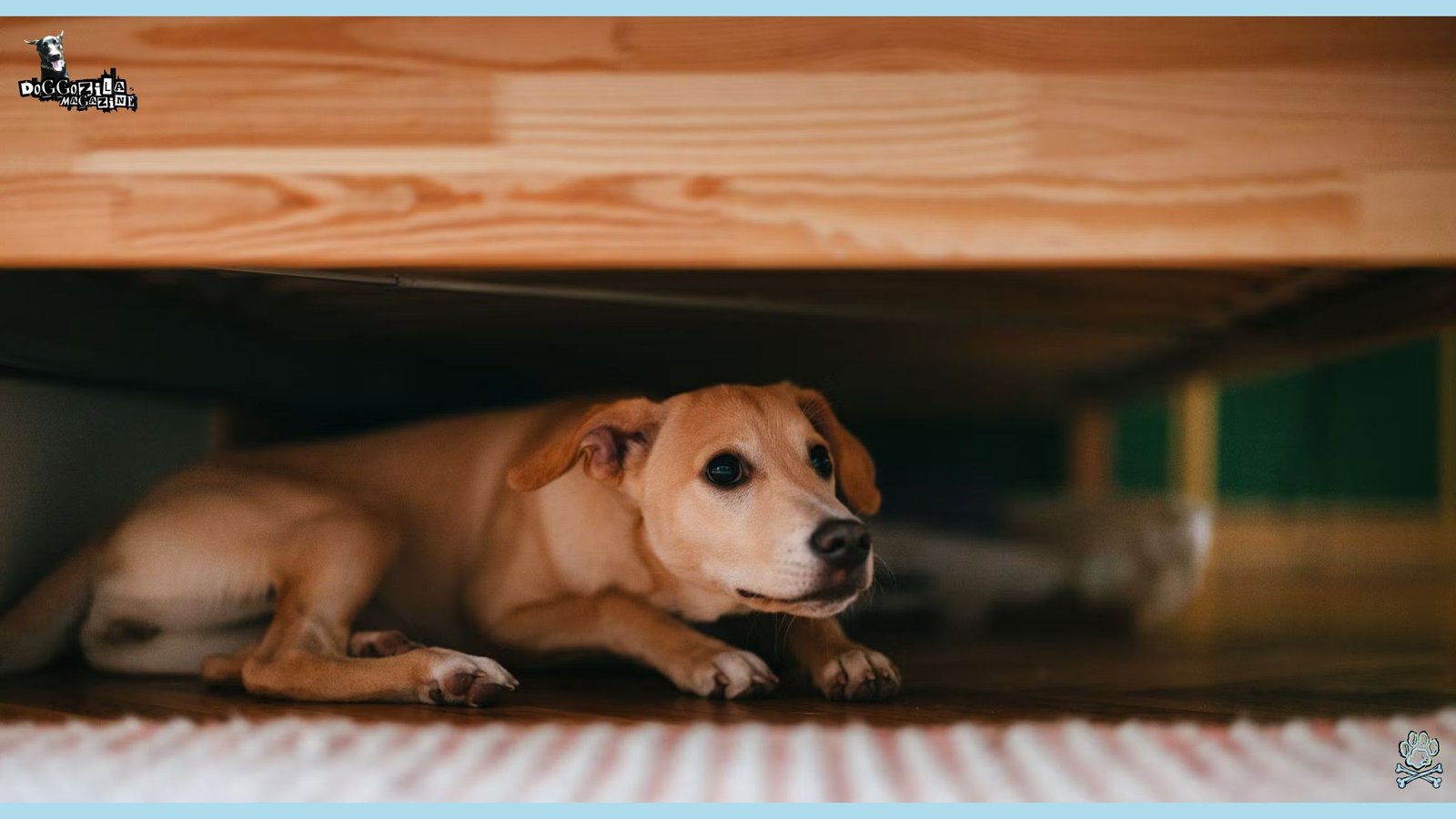
WHEN TO CALL IN THE CAVALRY: SEEKING PROFESSIONAL HELP FOR SEVERE FEARS
While many fears can be managed and improved with dedicated work at home, some cases are too severe, complex, or dangerous for an owner to handle alone. If your dog’s fear manifests as aggressive lunging, snapping, or biting, or if their anxiety is so profound that it’s impacting their quality of life (not eating, self-mutilating), it is time to call a professional.
There is no shame in this, it is the most responsible and loving choice you can make for your struggling friend, a necessary step when you’ve hit the limit of what you can do to address what do dogs fear the most on your own.
Finding The Right Expert: Veterinarians, Behaviorists, And Certified Trainers
Your first call should always be to your veterinarian to rule out any underlying medical conditions that could be contributing to the behavior, such as thyroid issues or chronic pain. Once cleared, ask for a referral to a board-certified veterinary behaviorist or a certified professional dog trainer (CPDT-KA) who specializes in fear and aggression.
These experts are trained to read subtle canine body language, create customized behavior modification plans, and in the case of behaviorists, prescribe anti-anxiety medications if needed. Medication is not a cure, but for some dogs, it can lower their overall anxiety level enough that behavior modification techniques can finally be effective.
Think of it as a life raft that keeps them from drowning in anxiety long enough to learn how to swim. A good professional will empower you with knowledge and support, turning you into the confident leader your dog needs you to be.
What To Expect In A Consultation With A Behavior Professional
A qualified behavior consultant won’t just show up and magically “fix” your dog in one session. The first appointment is primarily an information-gathering mission. They will ask you detailed questions about your dog’s history, daily routine, and the specific contexts of their fearful behavior.
Then they will observe your dog’s body language, likely without directly interacting with them at first, to get a baseline reading. So, remember that they are detective and scientist, piecing together the puzzle of your dog’s unique triggers and responses.
Based on this assessment, they will provide you with a clear, structured, and customized plan that includes management strategies, specific training exercises, and potentially a discussion about medication. Your commitment to consistently following this plan is the key to success.
The Role Of Medication: Breaking The Anxiety Cycle For Learning To Begin
For dogs with severe anxiety or phobias, their emotional state can be so heightened that their brain is physiologically incapable of learning. They are in a constant state of fight-or-flight, and no amount of chicken will register. In these cases, prescribed anti-anxiety medication from a veterinarian can be a humane and necessary intervention.
These medications, often SSRIs (like Prozac for dogs) work by increasing the availability of calming neurotransmitters in the brain. They effectivelyare lowering the “background noise” of anxiety. This doesn’t sedate the dog. It simply brings them down to a baseline where they can finally be receptive to behavior modification training. It’s a tool that allows the training to work, not a replacement for it, and it can be life-changing for severely affected dogs.
Celebrating Small Wins: The Long Road To Confidence
Rehabilitating a fearful dog is a marathon, not a sprint. There will be good days and bad days, and progress is rarely a straight line. It’s vital to celebrate every tiny victory, a glance at a trigger without a reaction, choosing to go to their bed during a mild thunderstorm, taking a treat near a stranger.
These are monumental achievements for a fearful dog. Keep a journal to track your progress. On days when you feel discouraged, you can look back and see how far you’ve truly come.
Your patience, consistency, and unwavering support are the greatest gifts you can give your dog as they learn to navigate a world that once seemed so frightening. The bond you build through this process will be deeper and more profound than any other. Remember, fellow dog adventurers, our pups look to us for guidance and safety.
Doggozila Magazine encourage all readers to visit this article:
How To Help An Abused Dog and Boost His Confidence?
By understanding their fears and responding with patience and knowledge, we don’t just stop unwanted behaviors, we build an unshakable bond of trust.
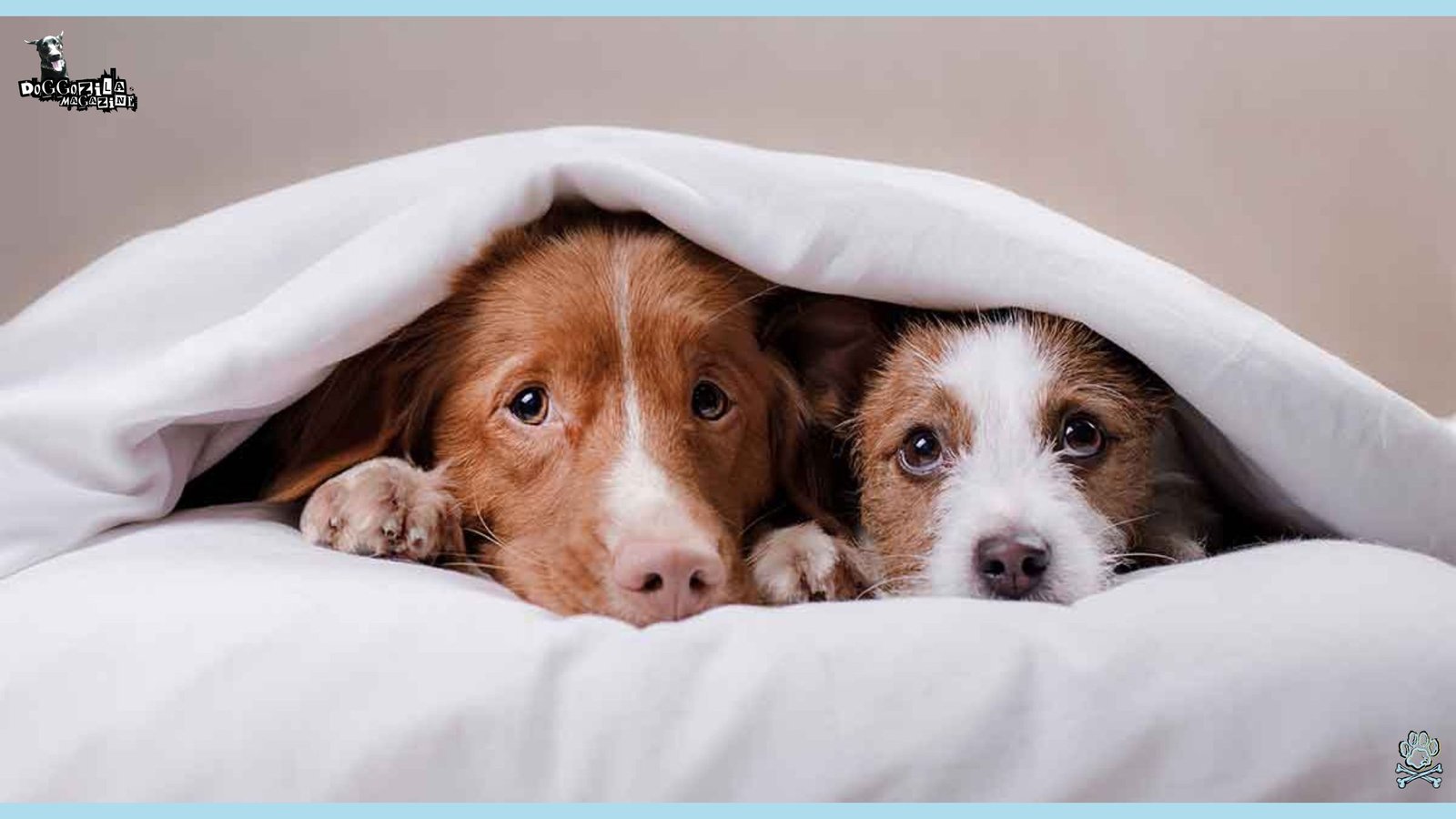
Here’s to more brave tail wags and fewer scaredy-cat moments. You’ve got this!

